By the end of this week you should be able to:
- Research and analyse client/practitioner relationships and the service they provide;
- Research and analyse the format and structure of a business plan;
- Write, communicate and deliver a 3,000 word business plan (speculative and personal);
- Manage your independent learning effectively.

White Lion Publishing
This week’s lecture was taken by Stuart Tolley and formed an interview with Emma Harverson (Editor) and Lucy Warburton (Commissioning Editor) from White Lion Publishing. They are trade, illustrated, non-fiction publishers.

Recently, the three of them have been working on a series entitled ‘Build+Become’ which is,
“is an inspirational range of smart thinking books,digital content and events,designed to make you think differently and to reflect upon the way consumers increasingly download information.”
The books are different in their structure and approach where topics are broken down into bite size elements. The subjects they cover are quite vast and include things such as driverless cars and marriage in the 21st century.
It is really the approach which makes this series stand out rather than the content. They could take any subject and apply this specific model of analysis and it would provide an interesting a readable outcome.
The plans were developed over a 3 year and 5 year period of time and each book had to stand up to its own scrutiny.
- Is the idea strong?
- Does the sales team think it’s going to happen?
- Does it make economic sense?
They also wanted to ensure the book sales had longevity and ensured this through translation into a number of languages. This was part of their initial strategy and was always planned. I think this helps them to plan the book and to think about how it will be received in different countries.
The Strategy
This took months to iron out and was a process of iteration, redraft and iteration over and over until they got to a point where they were happy.
“it helped to build a model that was resilient, to change in the future, and would work in a variety of markets and without losing anything from doing so.”
They also talk about how collaborative this process was and how it was good to have the viewpoints of others. The nine language it was going to be translated into would require a lot of knowledge that one person could not possess. Having said that, the key aims, goals and themes needed to be controlled by an individual so that the ethos of the book did not lose direction.
Design
Stuart and his team at Transmission were approached to design and illustration. Again, this was something thought about early on to ensure consistency across the series. The idea behind the book really resonated with Stuart and allowed him to produce something which was logical and aesthetically pleasing.
Change
Once the books were live and selling in shops they could then evaluate what was working and what was not. As an example, they moved from hardback to softback as it reduced the price and made it easier to carry. This was after date was received that showed people were buying the books in travel shops.
I also like how they talk about it not being all about money. Other things come from creating the books, such as brand recognition, experience and reaching new customers.
Studio Makgill
The second case study was with Hamish Makgill of Studio Makgill which has been running since 2007. Before this Hamish ran another studio called Red Design. It was set up in partnership with his friend Ed Templeton.
With their love of music (as DJs) they received work from people they knew. Record sleeves etc. Because they were young, money was not a real issue which allowed them to do what they loved. It was a simple model and one that allowed them to learn how to run a business. They started naively but learned fast and applied this new knowledge.
Eventually they got their big break with a major label which lead onto bigger and better things. Their initial conversation which became a business within months was now successfully competing in the market. This success went on for 8 years before Hamish left Red Design to set up Studio Makgill. I think, after a period of time, you get associated with a certain style and that is what people expect of you. If you want to change, you either have to start again in the same company or set up a new one. Hamish did the latter.
A piece of advice from Hamish is:
“We’ve allowed ourselves to not be valued high enough and if you go and set up on your own, that’s in your own hands and you have to really take care of that.”
He also talks about “walking in your client’s shoe”, which really resonated with me. It’s not always about doing what you want or even what they think they want. It’s about doing the right thing for the business and the job – even if that takes some explaining to the client!
Hamish’s start to Makgill studio was completely different to Red Design. He now had two children and financial responsibilities. He moved out of London and made use of contacts to keep the risk of losing money to a minimum. He supplemented the start of the studio with freelance work and made sure the structure for the business was solid and based on experience.
Beautifully Simple
This is the studio’s articulated philosophy. Hamish talks about how it took a while for this articulation to manifest. He knew what he wanted to be but explaining that to others proved difficult in the early days.
These two words helps the business to stand out and gives potential customers an idea of what to expect if they appoint the studio.
Studio Makgill is now made up of 6 people including a Studio Manager and Design Director. With more people comes a different type of responsibility. Finances, HR, keeping the workflow coming in. Hamish talks about how he consulted with people like Financial Directors, who were able to change the way the business operated and to make it more efficient. Time = Money.
Lollipop Shoppe
Below is one of the projects that Hamish considers to be significant and established who they were.
“It had a perfect mixture of application, detailing and the space that it was for, but also it was custom typeface. It was really, really quite simple and felt effortless once we’d reached the idea.
On closing. Hamish finishes with some key tips:
- Expand your network of contacts
- Get financial advice
- Work out what you do and what makes you unique
- Change with the times
The Client Is Not Your Enemy: Redefining Your Client Relationship
Below are my notes from the above video which was really intersting and thought provoking.
Have a purpose. – “beyond money, why do you exist?”
@theChrisdo
What’s your big goal?
Artist persona – Works for themselves
Why do clients have bad taste? They are not helping to build our portfolio
Become valuable – Get Referrals – Be Happy
What is it like to be a client?
Realistic expectations through a personalised service
Define Goals – “you can’t score if you don’t know where the goal is.”
21 questions
Active listening
Filter through questioning
Start broad and then get narrower
Mental Chess – Embrace and pivot
“Make it Bigger” – Need to be consistent
Ask Why 3 Times
Need vs Want
Selling Sucks – If there is no problem then I am not selling – Providing value
Should I Charge By The Hour?
The most interesting part of the above video is broken down again in this video:
I totally get where he is coming from. I think though, that we have to start somewhere and a good place to do that is by working out how much you need to survive and to run a business and then divide it by how many hours you want to work.
I think it is a position of privilige to charge more than this and hopefully a place I will get to in the future. Once you have a reputation, experience and clients under your belt they will be more willing to pay higher rates.
Workshop Challenge
How do you write a client-facing strategic document for a new business challenge?
Create a format and structure for a new business plan. You have considered company philosophy, leadership, budgeting, IP, and now we want you to create a 3,000-word business plan that presents your proposal to your client. This plan will be used to write a client-facing project, or as an outline for a potential studio launch or entrepreneurial idea or artefact. This is very much a speculative exercise that will grow and evolve as you move through the rest of the course.
My Twist
I plan to create a business plan which I could present to the Extended Leadership Team at the Council who would saction the comercial activity. I know they are already interested in this venture but they would like to see it laid out in an easy to read and viable manner.
Download my business plan below:
Resources
Kourdi, J. (2009), Business Strategy: A Guide to Taking Your Business Forward. London: John Wiley & Sons [website]. [Accessed 06 August 2020]
The Futur, Chris Do (2015), The Client Is Not Your Enemy: Redefining Your Client Relationship (Links to an external site.), [online video]. [Accessed 28 March 2019]
Referenceforbusiness.com. 2021. Creative Agency Business Plan – Executive summary, Target market, Company team, Competitive landscape. [online] Available at: <https://www.referenceforbusiness.com/business-plans/Business-Plans-Volume-08/Creative-Agency.html> [Accessed 6 August 2021].
Output | Digital-first branding and design. 2021. How to start a design studio – a beginner’s guide | Output. [online] Available at: <https://www.studio-output.com/news/how-to-start-a-design-studio-a-beginners-guide/> [Accessed 6 August 2021].
Creative Bloq. 2013. How to write a business plan. [online] Available at: <https://www.creativebloq.com/career/how-write-business-plan-4132425> [Accessed 6 August 2021].
Bidvine. 2021. 2021 Cost of Graphic Design (UK prices) – Bidvine. [online] Available at: <https://www.bidvine.com/graphic-design/price-guide> [Accessed 6 August 2021].
Social Media Marketing & Management Dashboard. 2021. How to Create a Social Media Strategy in 8 Steps (Free Template). [online] Available at: <https://blog.hootsuite.com/how-to-create-a-social-media-marketing-plan/> [Accessed 6 August 2021].
Design102.co.uk. 2021. Design102. [online] Available at: <https://www.design102.co.uk/> [Accessed 6 August 2021].
Design Council. 2021. Resources. [online] Available at: <https://www.designcouncil.org.uk/resources/search/bundle/case_study> [Accessed 6 August 2021].


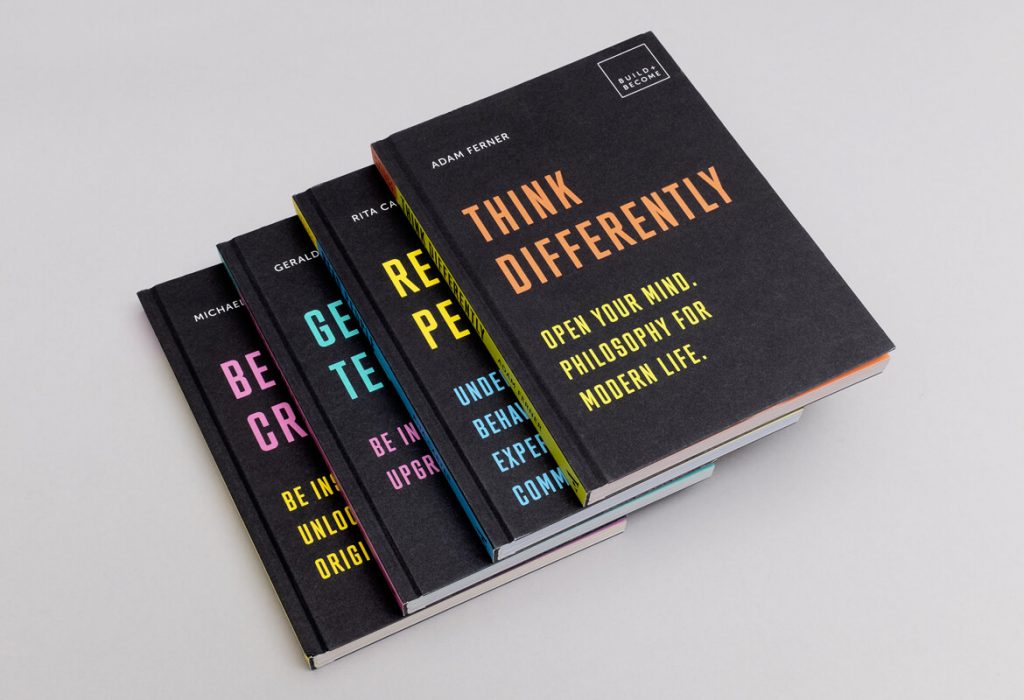
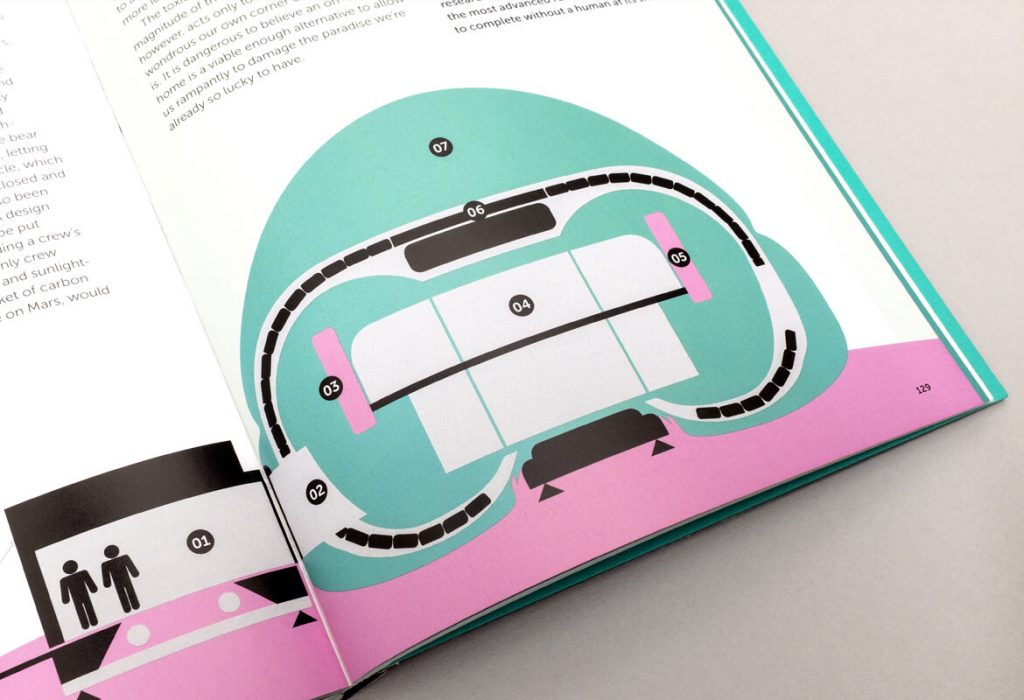

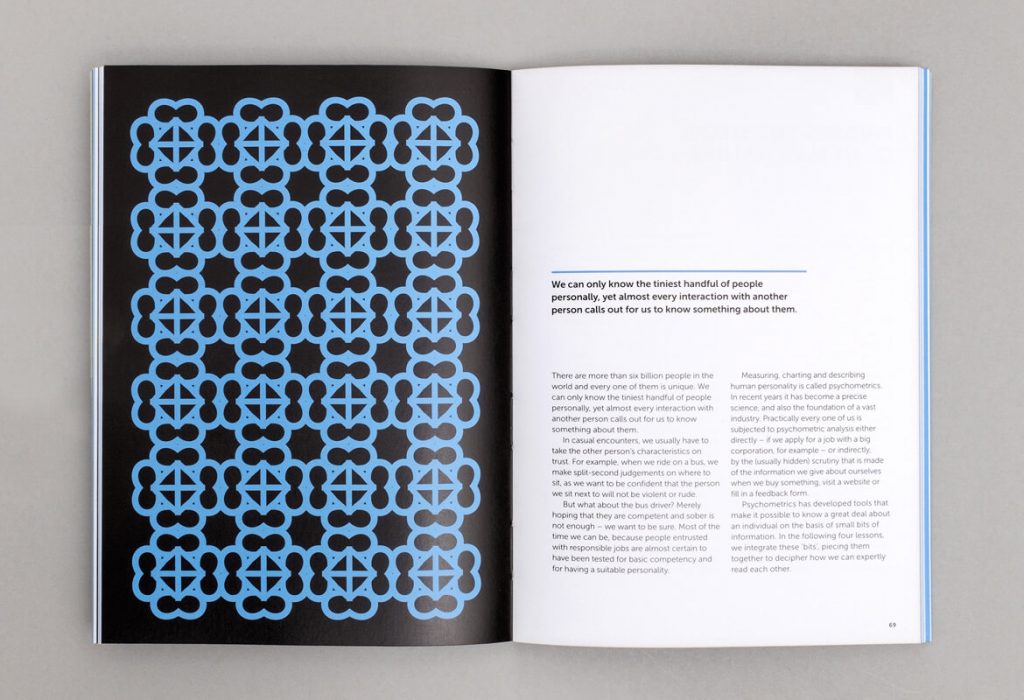
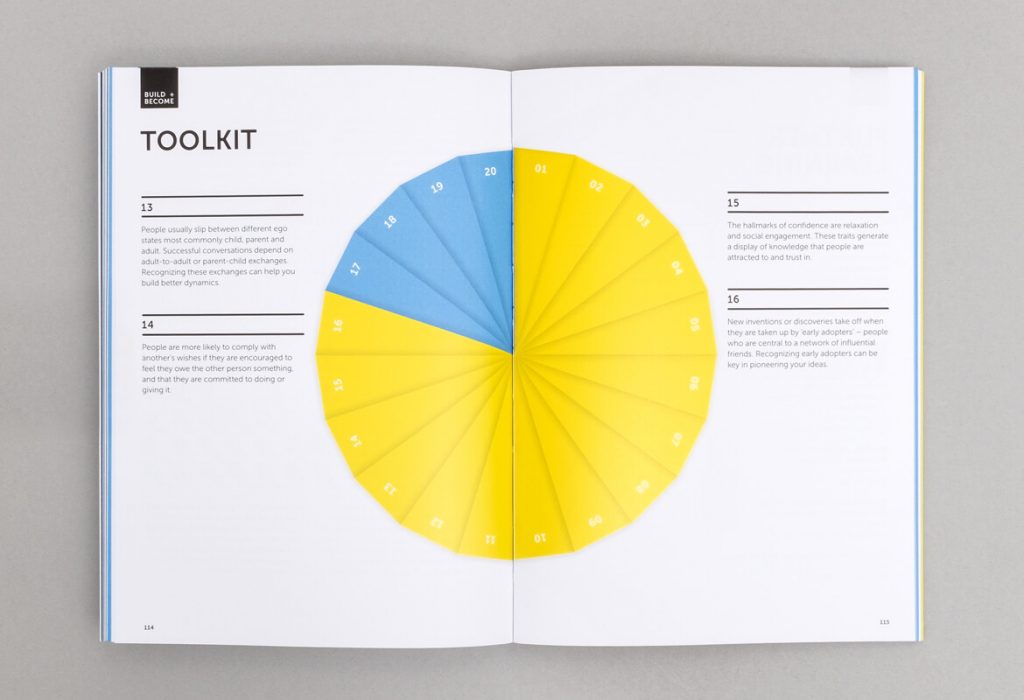






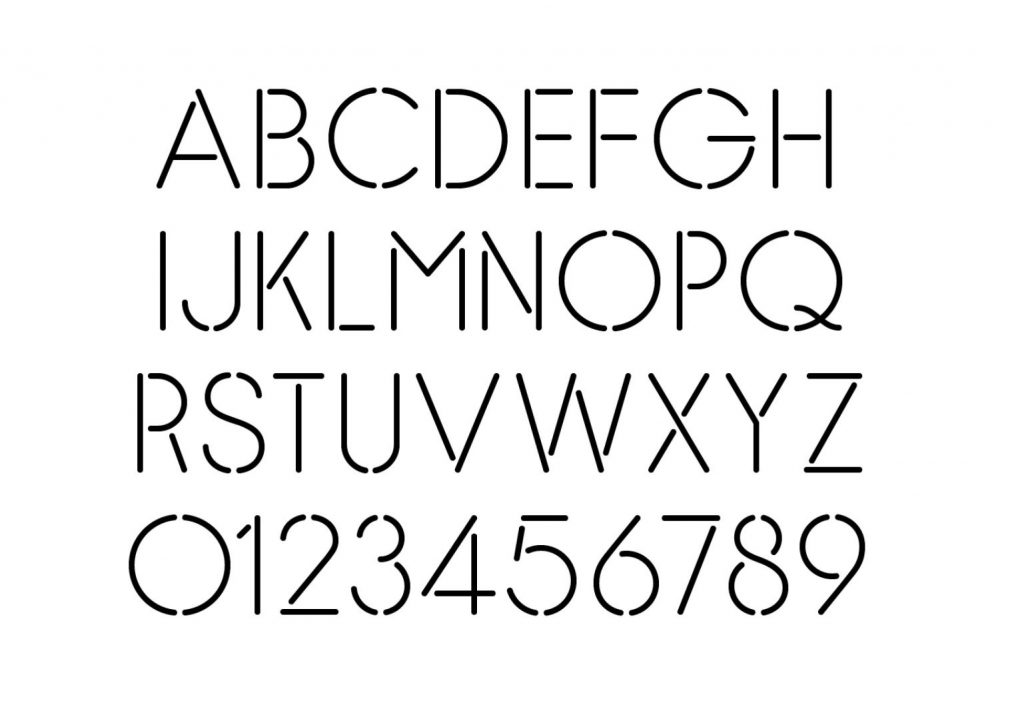

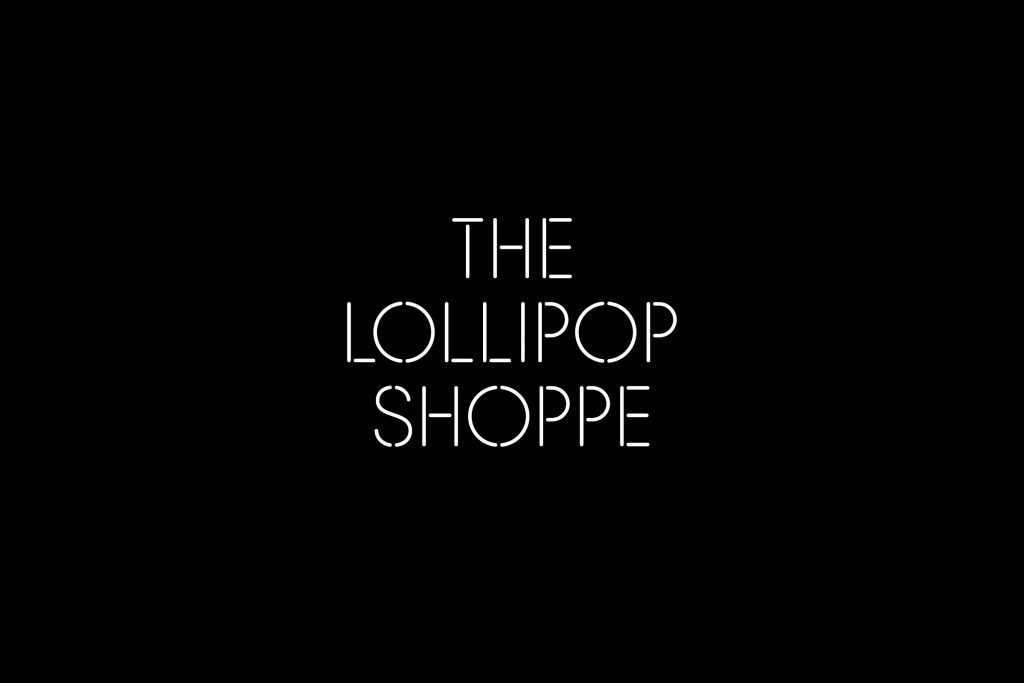

Leave a Reply